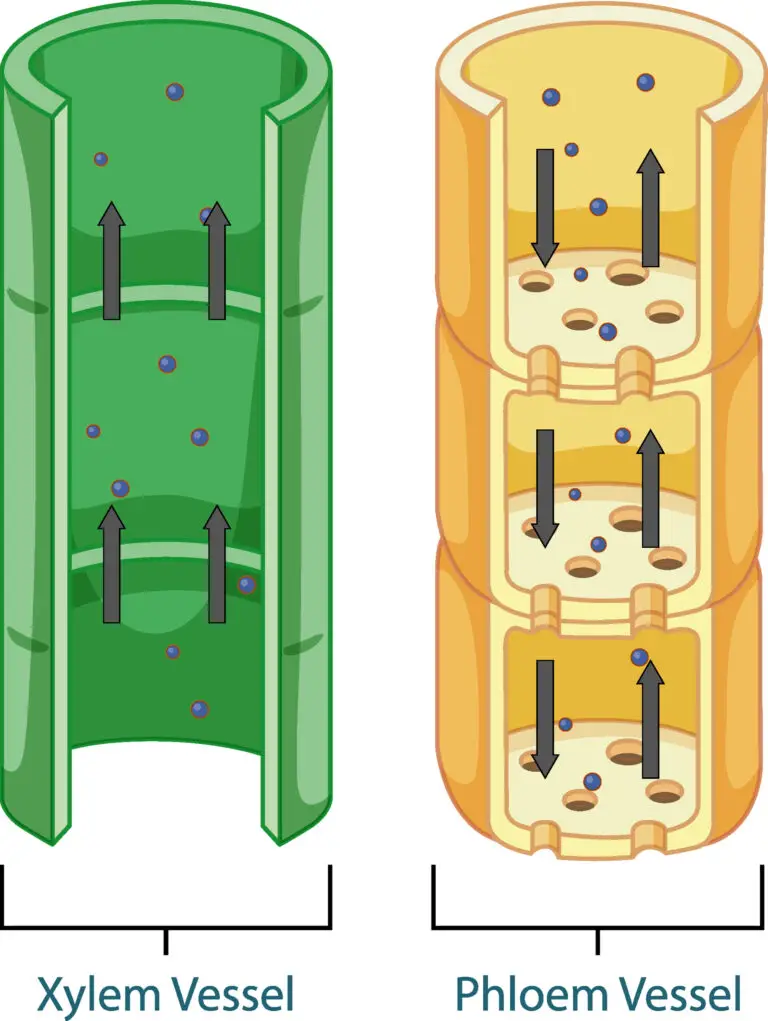Xylem

Table of Contents
What is Xylem?
The xylem is one of the two types of vascular tissues in higher plants, the other being the phloem. It is crucial in transporting water, minerals, and some nutrients from the roots to the rest of the plant. Additionally, it provides structural support to the plant.
Functions of Xylem
Transport of Water and Minerals
The primary function of the xylem is to transport water and dissolved minerals from the roots, where they are absorbed from the soil to the aerial parts of the plant, including the stems, leaves, and flowers.
Unidirectional Flow
The movement of water and minerals in xylem vessels is unidirectional, moving upward from the roots to the shoots. This upward movement is driven by transpiration, the loss of water vapor from the stomata in the leaves.
Xylem Vessels
The xylem consists of specialized cells called tracheary elements, which include vessel elements and tracheids. Vessel elements are short, wide cells connected end-to-end, forming long tubes known as vessels. Tracheids are elongated cells with tapered ends.
Cell Wall Reinforcement
The walls of xylem cells are reinforced with a substance called lignin, providing strength and rigidity. Lignin deposition in the cell walls also contributes to the impermeability of the xylem vessels, preventing the leakage of water.
No End Walls (Vessel Elements)
Vessel elements in xylem are characterized by the absence of end walls, allowing for continuous and more efficient water transport through the vessels.
Root Pressure
In addition to transpiration, root pressure, created by active transport of ions into the root xylem, can contribute to the upward movement of water. However, root pressure is generally considered a minor force compared to transpiration.
Xylem Components
- Vessels: Vessels comprise vessel elements arranged end-to-end to form continuous tubes. They are more efficient in water transport than tracheids.
- Tracheids: Tracheids are elongated, tapering cells with overlapping ends. They contribute to water transport and provide structural support to the plant.
- Xylem Parenchyma: The parenchyma cells are living cells that store starch, water, and other substances. They are involved in lateral transport within the xylem.
- Xylem Fibers: These fibers are long, thick-walled cells that provide additional structural support to the plant.
Related Links
Botany
Cambium
Vascular Bundle
Xerophyte